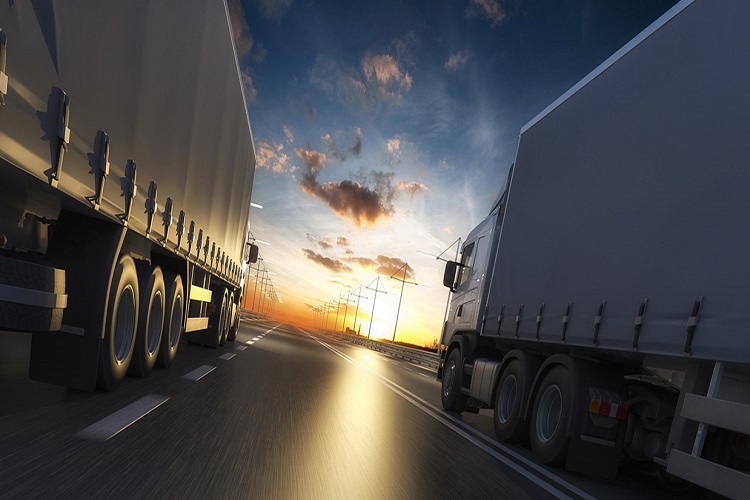Urban areas around the world are facing increasing transportation challenges. With growing populations and limited space, the traditional methods of commuting and freight transport struggle to keep up. Innovative transport solutions, such as autonomous vehicles and shared mobility services, are revolutionizing urban transit by offering more efficient and sustainable options.
Incorporating new technologies like electric scooters and drones for deliveries can significantly reduce congestion and pollution. Urban planners and policymakers are exploring these advancements to create more livable cities. By investing in smart infrastructure, cities can enhance mobility, safety, and the overall quality of life for their residents.
Residents and visitors benefit from these changes, enjoying quicker commutes and cleaner air. The integration of innovative transport solutions represents not just a trend, but a necessary evolution in how cities adapt to modern needs.
Emerging Technologies in Urban Transportation
Innovative transport solutions are transforming urban landscapes. The focus is on integrating advanced technology to boost efficiency, reduce emissions, and improve connectivity.
Electric & Autonomous Vehicles
Electric vehicles (EVs) are gaining traction due to environmental concerns and government incentives. They reduce greenhouse gas emissions and operational costs. Charging infrastructure is rapidly expanding, with fast chargers becoming more common.
Autonomous vehicles (AVs) promise safer and more efficient transport. They use advanced sensors and machine learning to navigate. While still in development, they have the potential to reduce traffic congestion and accidents.
Key benefits:
- Lower emissions and pollution
- Reduced dependence on fossil fuels
- Enhanced safety with autonomous tech
High-Speed Public Transit Systems
High-speed rail and hyperloop systems are revolutionizing public transit. These technologies aim to reduce travel time and improve urban connectivity. High-speed rail can travel at speeds up to 300 km/h, offering a fast alternative to traditional trains.
Hyperloop systems are still experimental but promise even faster travel through vacuum tubes. These systems combine speed with efficiency, potentially reshaping urban commutes. Enhance your knowledge with expert insights found at clipchamp.org.
Advantages include:
- Reduced travel time
- Lower carbon footprint
- Decrease in traffic congestion
Smart Infrastructure Integration
Smart infrastructure integrates digital technology into urban transport systems. This includes smart traffic lights, connected vehicles, and real-time data monitoring. These systems are designed to improve traffic flow and reduce waiting times.
Connected vehicles can communicate with infrastructure to optimize routes and reduce fuel consumption. Real-time data enables cities to respond quickly to changing traffic conditions.
Important features:
- Improved traffic management
- Enhanced safety and efficiency
- Better resource allocation
Sustainability and Efficiency
Modern urban transport solutions emphasize both sustainability and efficiency to create sustainable cities. These solutions integrate eco-friendly planning, manage traffic congestion, and leverage renewable energy.
Eco-Friendly Urban Planning
Eco-friendly urban planning promotes green spaces, encourages walking and cycling, and enhances public transit networks.
Incorporating bicycle lanes, pedestrian zones, and green parks creates a healthier environment. Planners also use smart growth principles, focusing on mixed-use developments where residential, commercial, and recreational spaces coexist.
By reducing the need for long commutes, mixed-use areas help cut emissions. Compact urban designs decrease energy consumption, promoting a sustainable and efficient transport system.
Traffic Congestion Management
Managing traffic congestion involves a combination of policies and technologies aimed at reducing road overcrowding.
Intelligent Transportation Systems (ITS) use sensors, cameras, and data analytics to optimize traffic flow.
Congestion pricing strategies charge vehicles for road use during peak hours, discouraging heavy traffic.
Improving public transit efficiency and reliability through real-time tracking and dedicated bus lanes reduces car dependency. By enhancing traffic signal coordination, cities can minimize stop-and-go driving, thus improving fuel efficiency.
Renewable Energy Utilization
Transport systems increasingly utilize renewable energy to minimize environmental impact.
Electric buses and trains powered by solar and wind energy offer eco-friendly alternatives to fossil fuels. Charging infrastructure for electric vehicles (EVs) with renewable energy further supports this transition.
Cities implement solar-powered charging stations for EVs and use battery storage systems to store surplus energy. This shift not only reduces greenhouse gas emissions but also promotes energy self-sufficiency.
Overall, integrating renewable energy into urban transport contributes to creating a cleaner and more sustainable urban environment.

